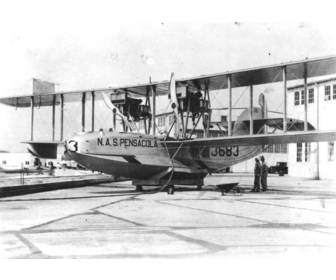Felixstowe F5L

The twin-engine F5L was one of the Felixstowe F series of flying boats developed by John Cyril Porte at the Seaplane Experimental Station Felixstowe England during World War I from an original design by the American designer Glen Curtiss.
Made by Canadian Aeroplanes Ltd.Curtiss Aeroplane and Motor CompanyNaval Aircraft FactoryCurtiss Aircraft and.
It is the successor of the Felixstowe F.5 .
A development of the Felixstowe F5L flying boat of the First World War, variants of the PN were built for the United States Navy by Douglas, Keystone Aircraft and Martin.3
More Users
Aeromarine
Jet Or Prop
prop
Height Alt
5.72 m
Predecessor
Felixstowe F.5
Length Alt
15.04 m
Power Alt
kW
Range Main
830 mi
Loaded Weight Main
14334.0
Designer
J C Porte
Introduced
1918
Developed From
Felixstowe F.5
Capacity
12
Number Built
227
Crew
2
Armament
* Patrol only
Cruise Speed Alt
74 mph
Area Main
1397.0
Cruise Speed More
120.0
Primary user
Span Alt
31.62 m
Plane Or Copter?
Engine(prop)
Liberty 12A
Manufacturer
First Flight
1918
Loaded Weight Alt
6508.0
Power Main
400 hp
Number Of Props
2
Empty Weight Alt
3955.0
Length Main
1503.68
Span Main
103.0
Area Alt
129.8 m²
Range Alt
1335.0
Related
Felixstowe F.2aNaval Aircraft Factory PN
Empty Weight Main
8720.0
Height Main
571.5
Category
